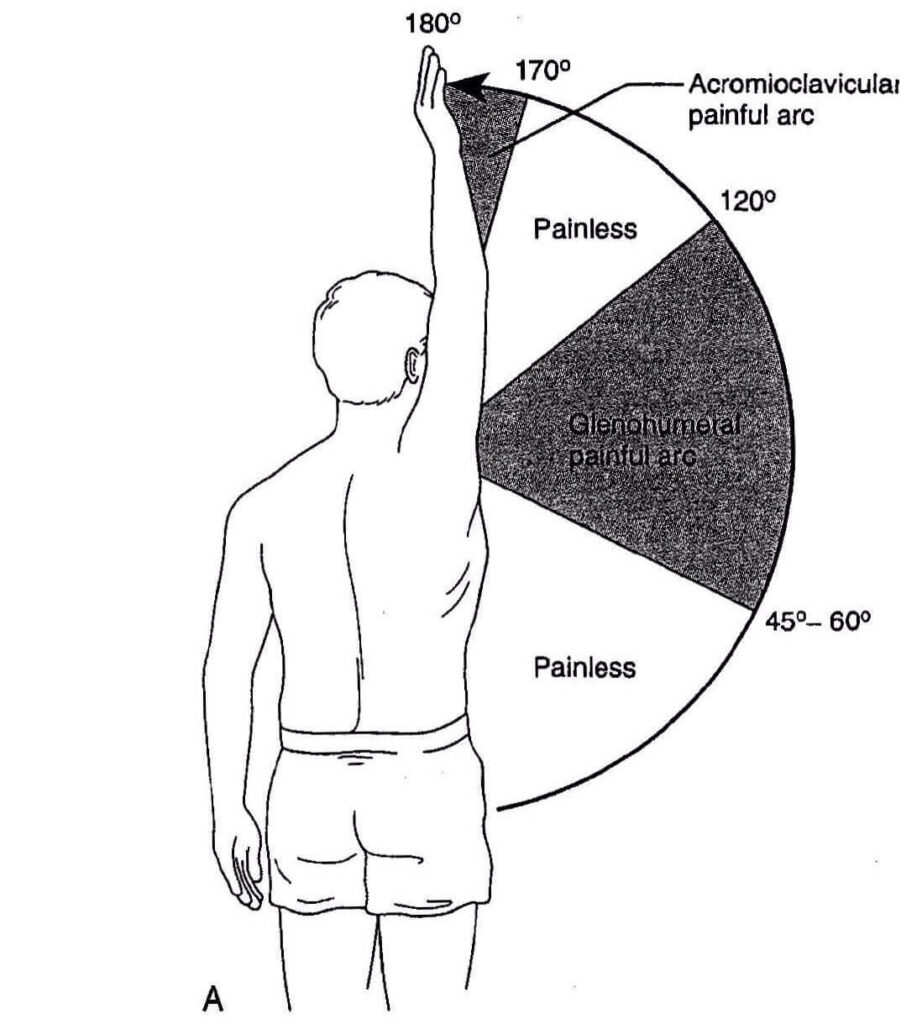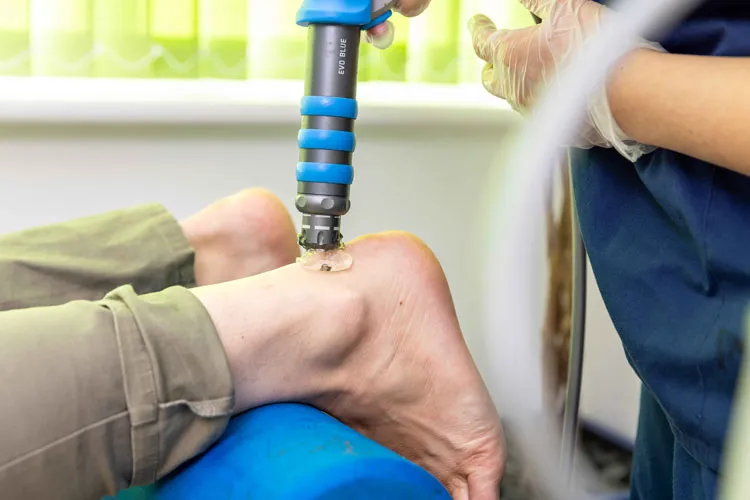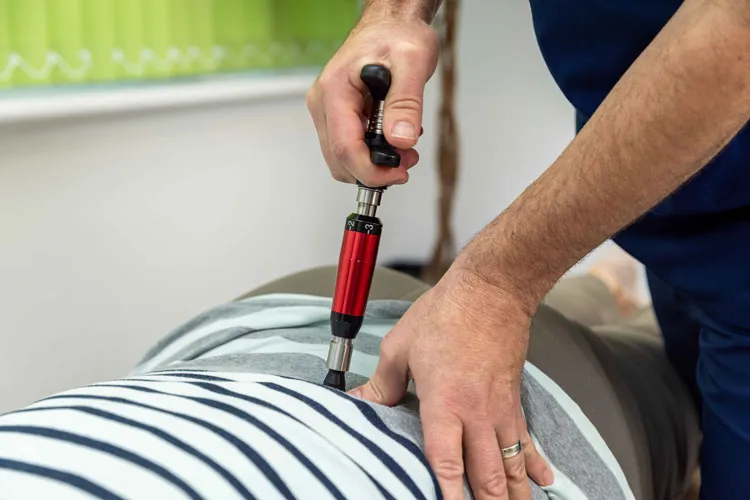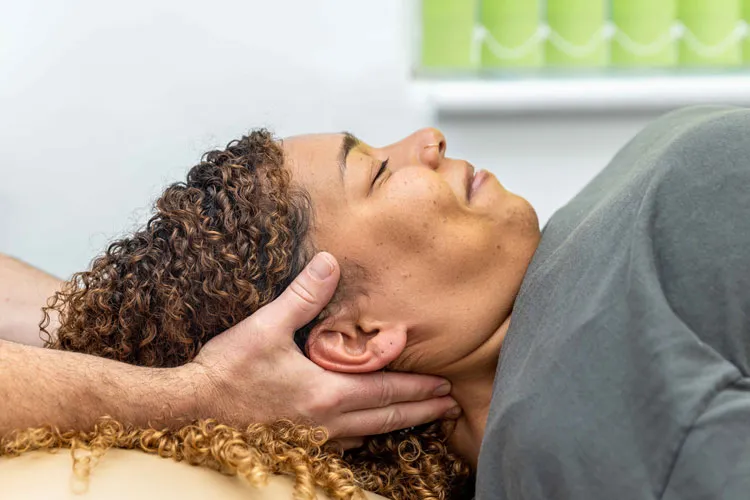The aim of this information sheet is to give you an understanding of the problem you may have that is causing you to have shoulder pain. The blog has been divided into sections, describing your shoulder, what we know about shoulder pain caused by impingement and your treatment options.
What could it be? The shoulder joint is the bodies most mobile joint, this allows us the best possible chance of positioning the hand to reach objects and perform fine movements. The anatomy of the shoulder is complex, which in turn increases the chances of mechanical failure and shoulder pain. There are a total of four joints of the shoulder:

The glenohumeral joint (GH), needs to accomplish 120 degrees of movement to the side away from the body (abduction) for full shoulder range of motion (ROM), the last 60 degrees whereby the arm moves up and over the head is produced by the scapulothoracic joint, this joint is not a structural joint but a functional joint between the shoulder blade (scapular) and the rib cage. During full arm abduction the humerus (the long bone of the upper arm) must externally rotate, this causes a bony prominence next to the shoulder joint to move out of the way from the acromium (pictured above as the light blue region) allowing a fluid movement of the arm above the head.
The acromioclavicula (AC) joint, is a very tough joint which has limited motion, it stabilises the shoulder girdle.
The Sternoclavicular (SC) joint is again a relatively immobile joint, however there is a small cartilage disc within this joint which enables small smooth movements between the shoulder complex and the rib cage. Once again this is a stabilising joint.
Now that we have a basic concept of the bony anatomy lets talk about the muscles and their tendon attachments that are primarily associated with most shoulder pain.
The rotator cuff muscles
There are four rotator cuff muscles, the supraspinatus, infraspinatus, subscapularis and teres major/minor. Supraspinatus initiates the first 20 degrees of abduction, the infraspinatus is an external rotator of the arm, the subscapularis is an internal rotator and teres muscles externally rotate the arm.
So now that we have a better understanding of the shoulder anatomy lets chat about what can go wrong and how to fight your shoulder pain.
Rotator cuff tear
In a recent study by Yamamoto it was found that 20.7% of the population will suffer from a tear at any one point in there lifetime and more so between the ages of 45 – 65 years of age. People that have had a physical occupation and have had a history of trauma to the shoulder are more likely to suffer from a full tear and shoulder pain. A partial tear is often associated with the ageing process and is exacerbated by poor posture and faulty movement patterns.
The supraspinatus muscle is affected in most cases of shoulder pain, as its tendon passes through a narrow canal in the shoulder –

As this picture depicts, the supraspinatus tendon passes under a bony prominence, the acromium. The tendon is also protected by a bursa, a bursa is a protective structure that helps the tendon of the supraspinatus muscle glide smoothly when it is contracted. This sac can become fluid filled when it is irritated during impingement syndromes, this further reduces the space that the muscle has to pass through exacerbating shoulder pain. In addition to the wear on the tendon there may be a build up of calcium within the tendon which greatly restricts movement and causes acute shoulder pain.
Symptoms
The main complaint is one of shoulder pain, often felt on the outside of the upper arm. A classic presentation is of a painful arc on movement when the arm is lifted out to the side and up to your ear (below). This corresponds with the narrowing of the sub-acromial space (see above).

During a visit to our clinic we would chat to you about your shoulder pain discussing when the symptoms started and how you may have injured the tendon.
Quite often shoulder pain starts for no apparent reason, this is because it is a slow degenerative process. You may have first been aware of the pain after a quick flicking movement of the arm, such as when shaking your duvet out to make the bed. Sometimes the shoulder pain can begin after performing housework or gardening, the pain can be quite intense and limit your movement, stopping you from being able to reach overhead or put your coat on without a great effort.
It is important to let your chiropractor know if you have neck, shoulder, upper arm or hand pain. In addition tell them if you feel pins and needles or tingling in the arm or hand as these may indicate that the pain is coming from your neck, via the nerves in your arm.
We would then perform an examination so that we could diagnose the reason for the shoulder pain. This would consist of certain movements so that we could be sure that it truly is a shoulder impingement. After a diagnosis of shoulder impingement we would discuss your treatment option. In most cases a course of chiropractic care along with self-therapy will aid the healing process and reduce further complications such as frozen shoulder.
In the next blog see how you could reduce the symptoms of your shoulder pain until you can seek professional advice.



